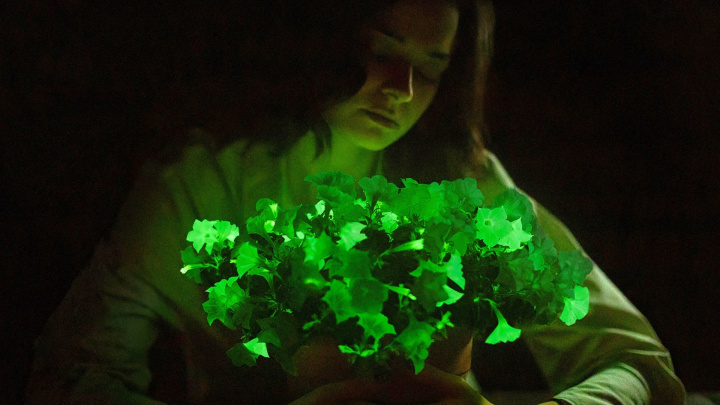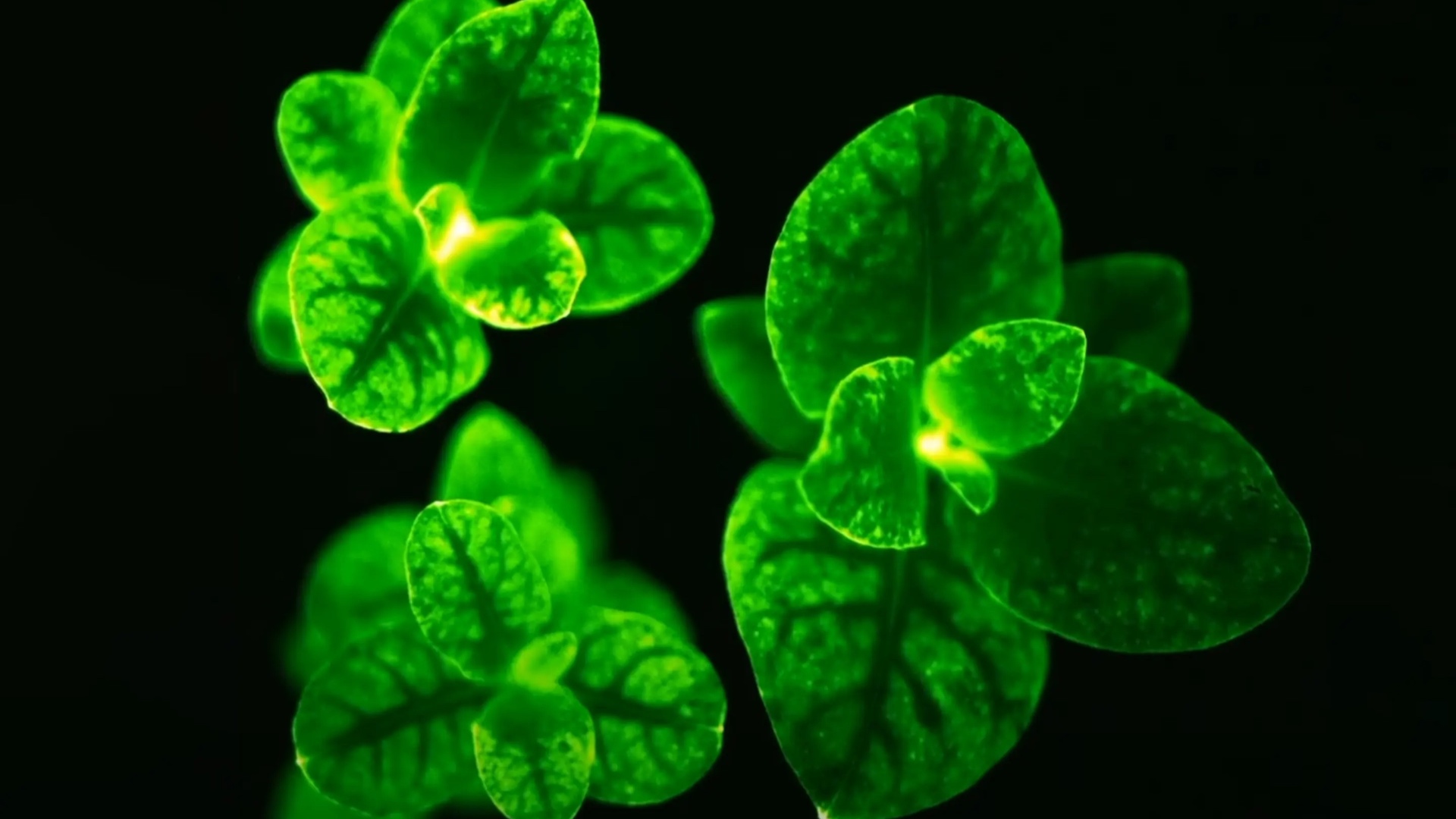Bioluminescent Petunia: The Glowing Flower
Known as the "firefly petunia," this glowing petunia is a genetically modified plant that continuously emits a green light, thanks to genes derived from a luminous mushroom.

This innovative plant is available for pre-order starting at $29.00 for consumers in 48 US states. Light Bio, a biotechnology company based in Sun Valley, Idaho, will begin shipping the initial batch of 50,000 firefly petunias in April.
The petunia (Petunia hybrida) appears white during the day but glows with a faint green light in the dark. This groundbreaking development in plant bioluminescence has been approved by the U.S. Department of Agriculture (USDA) and deemed safe, with minimal risk of the modified genes spreading to native plants and disrupting ecosystems.
The petunia's bioluminescence is bright enough to be seen with the naked eye and requires no special food or light to glow. The illumination is attributed to a gene cluster from the bioluminescent mushroom Neonothopanus nambi, enabling the plant to produce enzymes that convert caffeic acid into a light-emitting luciferin molecule and then recycle it back into caffeic acid, allowing for sustained bioluminescence.
Bioluminescent plants are genetically modified organisms that emit their own light. They are given this ability through genetic modification or synthetic biology techniques, typically by incorporating genes from marine organisms like plankton or fireflies.
The plant's glow is described as a gentle green radiance, similar to moonlight, whose intensity can increase if the plant is healthy and receives sufficient sunlight. This petunia is not just a decorative novelty but also represents a significant achievement.

The glowing petunia from the biotech company undoubtedly represents a remarkable development in genetically modified plants. However, as with any genetic modification, there are ethical and environmental concerns to consider. The modified genes could potentially spread to native plants. It is important to continuously monitor the environmental impact of bioluminescent plants, which is largely feasible under laboratory conditions but becomes impossible once the plants are distributed to households. The spread and cultivation of genetically modified organisms can affect ecosystems, especially if long-term consequences are not thoroughly investigated.
Source:
- https://www.wired.com/story/here-come-the-glow-in-the-dark-houseplants/
- https://www.scientificamerican.com/article/this-genetically-engineered-petunia-glows-in-the-dark-and-could-be-yours-for-29/